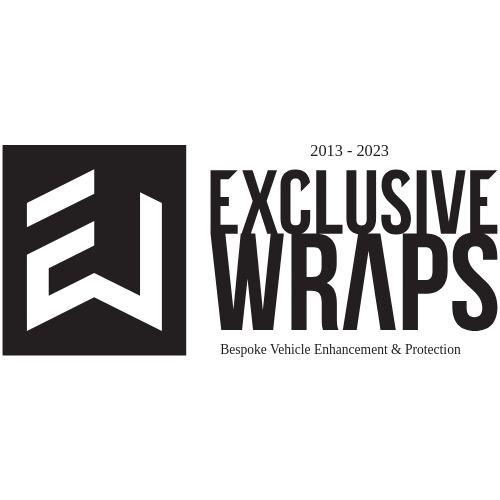

‘Accumulated Engine Power’ (AEP) is presently the primary metric by which engines are paritised, by setting a cap on the sum of the power figures measured at specified points of the rev range.
However, there are questions over whether it remains the appropriate measurement.
As explained by category engine expert Craig Hasted in a video published by Supercars in 2021, AEP “is where we test the engine on a dynamometer; we measure the power from 5800 to 7450 [subsequently broadened for the Gen3 era], at 50 RPM increments.
“The total addition of that power is the maximum power that any engine can make.”
AEP is supported by ‘Engine Power Weighted Average’ (EPWA), which, according to Hasted, “ensures that the curve is in a similar position.
“That way, it stops someone from making a whole heap of power at 6000 and less at 7500, and vice versa, at different tracks.”
AEP had arguably been an adequate means of paritising engines when the field was exclusively powered by 5.0-litre pushrod engines (notwithstanding there were multiple makes of engines and several different suppliers) and, if indeed shortcomings with the metric there are, then they were masked during the Car of the Future/Gen2 period of differing engine architectures because teams had the freedom to develop around shortcomings in their package.
Now, however, with aerodynamics declared paritised after off-season wind tunnel testing, tightly controlled componentry, and Supercars moving to verify its theoretical centre of gravity figures with upcoming testing, any disparity in engines will most likely be exposed.
As Ford Performance Motorsports Global Director Mark Rushbrook has said himself, one cannot conclude at this point in time that there is a disparity between the 5.4-litre Coyote-derived quad cam which powers the Mustangs and the 5.7-litre pushrod ‘LTR’ which sits under the bonnet of the Chevrolet Camaros.
However, his caution regarding engine parity is a contrast to his confidence regarding aero parity, because of an outstanding question over transient engine performance.
“When you race a car on track, the engine [is in] a very transient state as you go through different conditions, through gear changes,” Rushbrook told select media, including Speedcafe.
“With the dyno that’s used here as part of AEP, it’s just a WOT [‘wide open throttle’], right? Just do a sweep; that is what it is.
“That’s not how an engine performs on track.
“So, it’s actually [ie the desire is] representing more closely – not exactly, but more closely – how an engine actually performs on a track.”
As outlined by Speedcafe in May 2023, engine inertia became the big question regarding a possible disparity between the Mustang’s motor and the Camaro’s.
Dick Johnson Racing, since taking over the Ford engine programme, has worked on a package of improvements to improve its moment of inertia, and they appear to have borne fruit.
However, speed trap figures at the Thrifty Bathurst 500 pointed to the possibility that the Chevrolet engine still performs better and, if that is the case, then the disparity must presumably be transient in nature.

That is the logical conclusion because Supercars has, according to a statement supplied to Speedcafe in the week prior to the season-opener at Mount Panorama, “signed off on the revised Ford engine spec not exceeding AEP.”
Presumably, DJR has left nothing on the table with respect to AEP, and hence one may safely assume that the figure matches KRE’s (Chevrolet).
Why the transient performance still may not match is not known.
Since Speedcafe’s May 2023 piece, it became apparent that Supercars had already accounted for the unusually undersquare nature of the Ford engine during initial Gen3 development.
Improvements for 2024 such as the upgraded fuel rail look to have reduced the apparent transient disparity, but whether other factors, such as the Ford engine having more valves than that of the Chevrolet, mean some disparity persists is an open question.
Rushbrook was circumspect when asked by Speedcafe if AEP should be scrapped as a parity benchmark or, alternatively, if some other metric needs to be added, but indicated that Supercars’ processes may need to change.
“We’ll learn more from the AVL [transient] dyno but I expect that we will learn that AVL picks up differences that AEP doesn’t and, therefore, I would want the process aligned to that,” he replied.
Worth noting is that when the Ford camp unsuccessfully requested a “torque increase of 8Nm throughout the entire rev range” as part of last year’s post-Bathurst 1000 parity review, there were suggestions that the change would have pushed its engine over the maximum AEP.
When questioned by Speedcafe at this year’s Mount Panorama season-opener as to whether parity can ever truly be achieved between a 5.4-litre quad cam and a 5.7-litre pushrod, again, Rushbrook did not give a definitive conclusion.
However, he did draw attention to the fact that Supercars’ parity regime is conducted under a different philosophy to NASCAR’s.
“We’ll find out,” said Rushbrook.
“I mean, this is the only series that does that, right?
“If you look at NASCAR, it’s technical rules; you build to it, you go race.
“There’s no parity other than the rules say this is the displacement that you need to use, this is the bore spacing that you need to use…
“So, there is parity by rules, and then you play within those rules, and you can get some power differences, and that’s the nature of NASCAR.
“All the sportscar racing series in the world are using BoP, which is very different than technical parity.
“So, it’s a unique situation that this series has because of what it is, and it’s great in many ways to have technical parity, but it puts the emphasis on the people and the processes of the series to be able to truly enable delivering technical parity.”
Supercars is aiming to conduct transient dynamometer testing in the next two months, once DJR firms up engine specifications.




















Discussion about this post